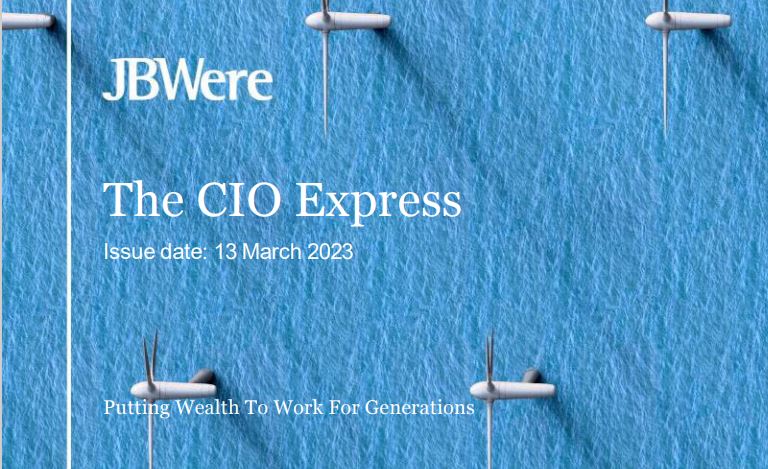Luxury property performance in the spotlight in our annual review as trophy homes continue to set new records


Article
The CIO Express

What happened?
On Friday, US regulators (the Federal Deposit Insurance Corporation) took control of Silicon
Valley Bank (SIVB) and placed it into receivership. This is the largest US bank failure since
Washington Mutual in 2008.
Why did it happen?
SIVB was a bank with very high geographic and customer concentration; it effectively
exclusively banked the US West Coast tech sector. This meant it had a very undiversified
deposit base; few retail investors, many business deposits, all from the same industry and
region.
As the Fed lifted interest rates and funding costs rose, many of the tech start-ups banked by
SIVB found it increasingly difficult to obtain funding from traditional sources (such as Venture
Capital funds). They started to draw on cash deposits instead. Reports suggest that SIVB lost
~USD20bn in deposits in 2022. This process – deposit drain – accelerated in 2023.
In order to facilitate these deposit withdrawals, SVB had to sell bonds from its “Hold to
Maturity” (HTM) portfolio. SIVB held a large amount of bonds because somewhat unusually, it
didn’t lend very much of its deposit base. Instead, it invested excess deposits in fixed income
securities. Unfortunately, many of these bonds were purchased at very low interest rates,
exposing the bank to a significant risk of loss if interest rates rose. Somewhat unusually, SIVB
appeared not to hedge any of this interest rate risk.
To continue reading click here 230313_The CIO Express (SIVB)
© National Australia Bank Limited. ABN 12 004 044 937 AFSL and Australian Credit Licence 230686.